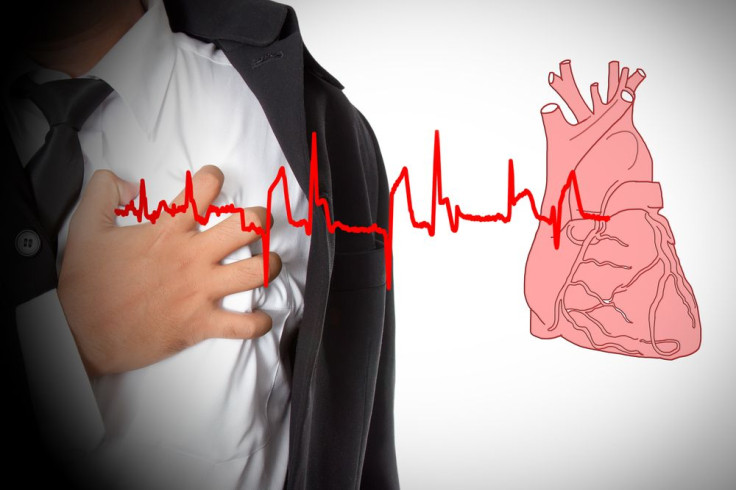Passengers Save Heart Attack Victim's Life In-Flight: Why Learning Basic Resuscitation Skills Might Be A Good Idea

A commercial flight from Canada to Hong Kong made an emergency landing after a passenger began to experience a heart attack at 30,000 feet. Thanks to three passengers — a policeman, pharmacist, and a doctor — all trained in basic resuscitation skills, the heart attack victim survived, Live Science reported.
It sounds like a scene from a gripping suspense film, but it happened. A male passenger on the flight to Hong Kong began to complain of chest pains. Passenger Dr. David T. Monks addressed the man to see if he could help, but the scene changed very quickly.
The man's symptoms of a myocardial infarction began to intensify. Monks started chest compressions, but the man went into cardiac arrest. A policeman heard the doctor yell for help and hurried over. Passengers and crew members helped to move the heart attack victim closer to the emergency exit, giving them more space.
While the policeman performed CPR, Monks monitored the hallway. The officer continued to perform CPR, but the man had no pulse. A flight attendant rushed to get an automated external defibrillator (AED), a portal device used to shock the heart into a regular beating pattern. In 2001, the Federal Aviation Administration issued a final rule requiring all United States commercial airplanes to carry AEDs.
Crew members shocked the man’s heart with the AED device, and the police officer performed another round of CPR, but the man went back into cardiac arrest. A pharmacist who had rushed to the scene administered epinephrine (adrenaline) from the plane's medical kit to help start the man’s heart. Several crew members and passengers continued to work together to perform CPR until they saw signs of breathing. The plane diverted to another major city in China to make an emergency landing, and the man was then rushed to the emergency room, where he received further treatment. Ten days later, the man showed no sign of brain damage and had fully recovered, according to a case report on the event published in the British Medical Journal.
The Importance Of Medical Emergency Training And AED Devices
Although crew members are trained in using AED and CPR, it is normally the medical professionals on the flight who handle medical emergencies, The New York Times reported. One of the first things you hear on the intercom is “Are there any doctors on board?”
But what if there aren’t? Maybe more passengers should consider basic resuscitation training just in case there are no doctors. "This guy was extremely fortunate to have this team there," Monks, co author of the BMJ report and an anesthesiologist at the Royal Free Hospital in London at the time, told Live Science.
Every day, 50 medical emergencies occur on flights, NBC News reported. Thirty-seven percent of all medical emergencies are related to fainting, 12 percent are respiratory-related, and 9.5 percent of medical emergencies are related to air illness. Only one percent of all incidents result in death and only seven percent of flights are diverted for medical emergencies, USA Today reported.



























